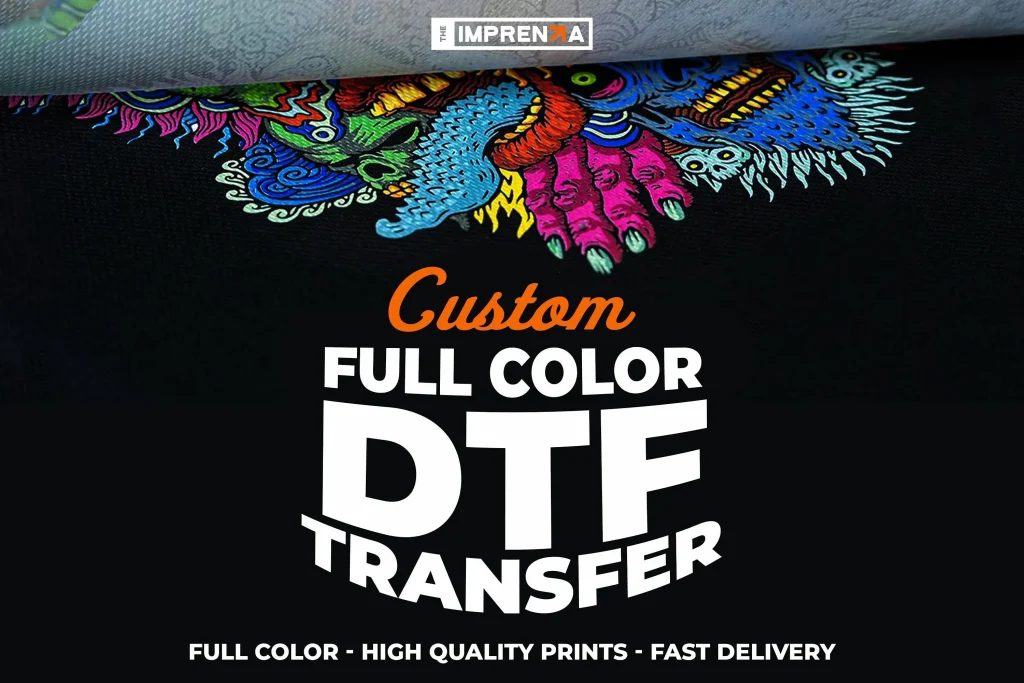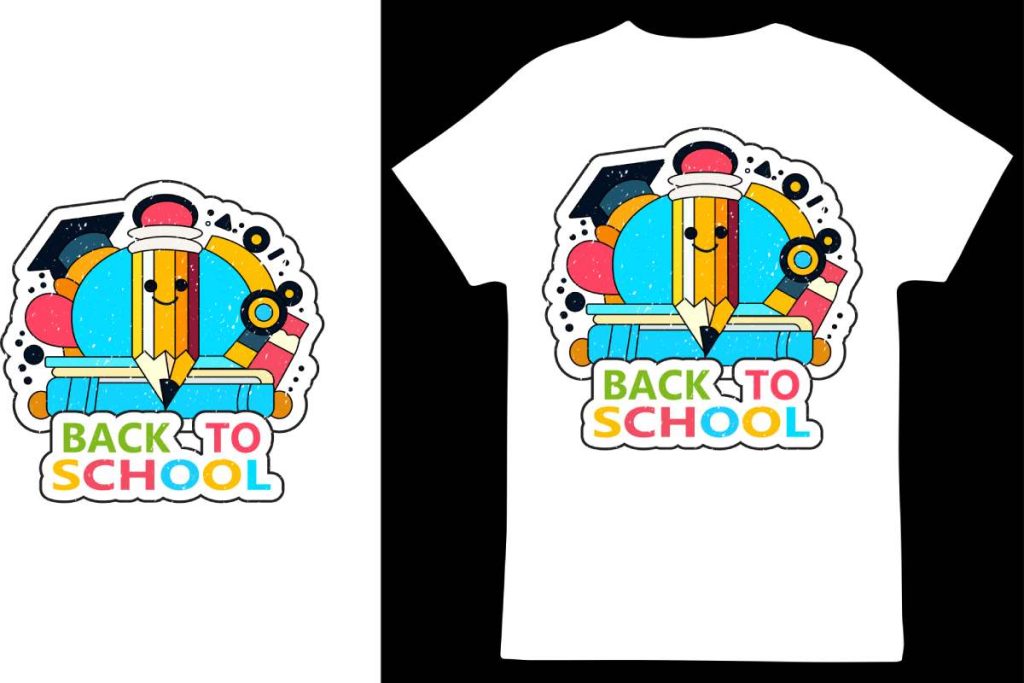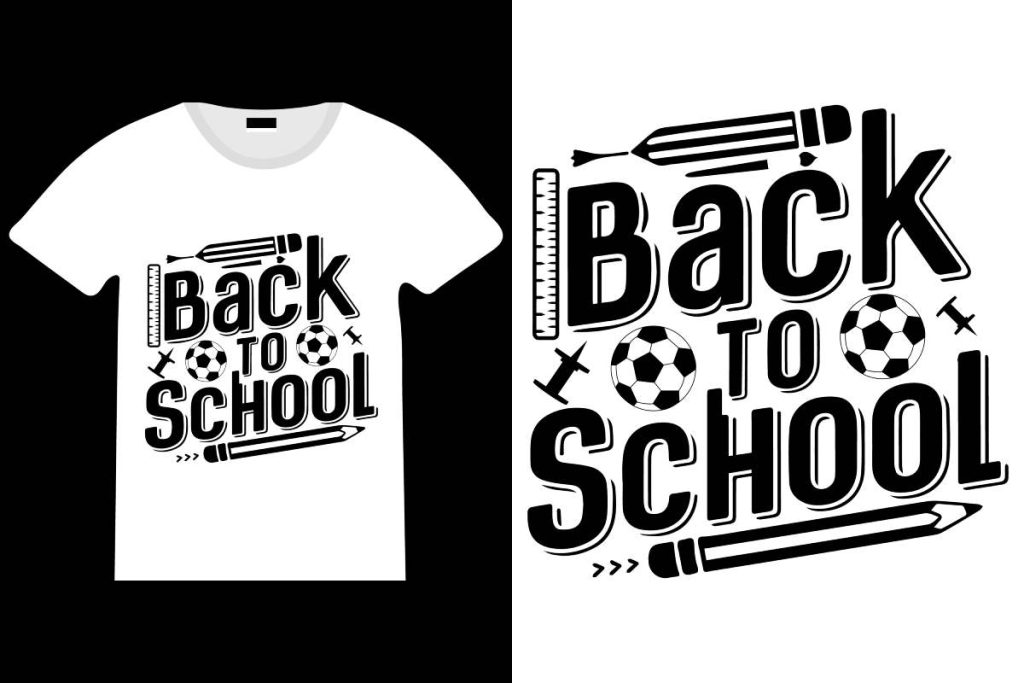DTF transfers, or Direct to Film transfers, are changing the game in the textile printing industry, offering a unique way to produce vibrant, high-quality designs. This innovative technique is perfect for creators ranging from casual hobbyists to established professionals, allowing them to print intricate graphics directly onto a variety of fabrics. What sets DTF apart is its ability to deliver stunning visuals with exceptional color fidelity, perfect for both personal projects and commercial ventures. In this guide, we’ll dive into a detailed DTF transfer tutorial, revealing all the essential materials and best practices needed for successful results. Get ready to discover how to do DTF printing and unlock your full creative potential with high-quality DTF transfers!
The art of transferring images directly onto fabrics is often referred to by various names, including film-based garment printing and heat transfer printing. These terms encompass not only the essential process of applying designs to textile surfaces, but also the specialized materials involved, such as transfer films and adhesive powders. As you explore the world of fabric decoration, understanding these alternative terminologies can enhance your approach to DTF printing methods. This introduction to DTF transfers will help clarify the necessary steps and materials, positioning you to create custom designs that stand out. Join us as we explore how this modern technique can elevate your textile printing endeavors.
Understanding the Basics of Direct to Film Printing
Direct to Film (DTF) printing is a transformative technique that has gained popularity due to its ability to produce vivid, high-quality transfers. This method involves printing designs directly onto a specially formulated film, which is then applied to fabric items using heat and pressure. This unique process bridges the gap between traditional printing and digital designs, allowing artists and businesses to create customized garments that stand out in any wardrobe.
One of the key advantages of DTF printing lies in its versatility. Unlike other printing methods that may require specific fabric types or surface treatments, DTF transfers can adhere to a wide variety of textiles, including cotton, polyester, and blends. This adaptability makes it an excellent choice for designers looking to experiment with different materials and styles for their projects.
Essential Materials for Successful DTF Transfers
To achieve the best results with DTF transfers, gathering the right materials is essential. A DTF printer is specifically designed to print on transfer films, which are then coated with adhesive powder. The right choice of DTF transfer film is crucial, as it affects the final print quality and adherence to the fabric. Alongside the printer and film, obtaining DTF adhesive powder and a reliable heat press machine will ensure a smooth transfer process.
Additionally, selecting high-quality textiles can significantly impact the outcome of the DTF transfer. The fabric chosen should ideally be compatible with the DTF printing method to ensure optimal adhesion and longevity of the print. Commonly used items include T-shirts, hoodies, and tote bags, providing a wide array of options for customization.
A Step-by-Step Guide to DTF Transfer Printing
Creating DTF transfers involves several steps that require attention to detail. The process begins with designing the artwork using graphics software, ensuring it is created in high resolution to capture every detail when printed. It is also important to mirror the design before printing, so that it appears correctly when heat-transferred to the fabric.
After printing the design onto the DTF transfer film, the next crucial step is applying the DTF adhesive powder. This powder must adhere to the ink while it is still wet, creating a durable bond. By following the sequential steps outlined in the DTF transfer tutorial, including precise temperature and pressure settings during the heat transfer phase, users can achieve stunning and vibrant results that last.
Tips for High-Quality DTF Transfers
To enhance the quality of your DTF transfers, consider using high-quality ink and materials. The inks you choose can dramatically influence the vibrancy and durability of your prints. Opting for trusted brands will often yield better results, as they are formulated to work seamlessly with DTF printing processes.
Additionally, experimenting with different fabrics is recommended, as each material reacts differently to DTF transfers. Conducting tests on various textiles will help you find the best combinations for your designs, ensuring that the final product meets your quality standards. Combining the right ink, film, and fabric can lead to exceptional, long-lasting prints that stand out.
Common Issues and Solutions in DTF Printing
Despite its many advantages, DTF printing can present challenges. Common issues include improper adhesion, which can occur if the heat press settings are incorrect or if the film is not applied properly. To mitigate these problems, always double-check the temperature and timing recommended for specific materials and films.
Furthermore, make it a habit to inspect the transfer film before application. If there are any blemishes or inconsistencies in the print, it’s crucial to address them before proceeding to heat transfer. By taking precautionary measures, you can ensure a smoother process and better finished products.
Best Practices for Maintaining DTF Printing Equipment
Maintaining your DTF printing equipment is essential in ensuring consistent results and prolonging the life of your tools. Regular cleaning of your DTF printer, including the print heads and nozzles, will prevent clogs and ensure that every print is clear and precise. Following the manufacturer’s guidelines for maintenance routines can save you from troubleshooting issues down the line.
Additionally, keep your heat press machine in good condition by checking its calibration and cleaning the plates. A properly functioning heat press is vital for achieving the right amount of pressure and temperature, both of which are crucial for successful DTF transfers. Following best practices in equipment maintenance ultimately enhances your printing experience and the quality of your transfers.
Frequently Asked Questions
What is Direct to Film (DTF) printing and how does it work?
Direct to Film (DTF) printing is a technique used to transfer designs onto fabrics. It involves printing an image onto a special transfer film, which is then coated with adhesive powder and cured. The final design is then applied to the textile using heat and pressure, allowing for high-quality DTF transfers.
What materials do I need for DTF transfers?
To successfully execute DTF transfers, you will need specific materials: a DTF printer, DTF transfer film, DTF adhesive powder, a heat press machine, and textiles like T-shirts or hoodies. Having the right DTF printing materials is crucial for achieving stunning results.
How do I create a DTF transfer design?
To create a DTF transfer design, begin with graphic design software (like Adobe Photoshop or CorelDRAW) to design your artwork. Ensure it is high resolution and in vibrant colors. Once your design is ready, print it onto the DTF transfer film using a DTF printer in mirror image format.
What are the common mistakes to avoid in DTF transfers?
Common mistakes in DTF transfers include not using high-quality inks, incorrect heat settings during the transfer process, and failing to evenly coat the adhesive powder. To avoid these pitfalls, follow best practices such as testing your settings and experimenting with fabric compatibility.
Can you explain the post-press process for DTF transfers?
Yes! After peeling the DTF film from the fabric, it’s recommended to place a protective sheet over the design and press it again briefly with the heat press. This post-press process helps seal the design better, enhancing durability and longevity.
Where can I find a DTF transfer tutorial for beginners?
You can find comprehensive DTF transfer tutorials online, particularly on platforms like YouTube or printable guide resources. These DTF transfer tutorials often provide step-by-step instructions, tips, and best practices for beginners looking to master DTF printing.
| Step | Description |
|---|---|
| 1 | Design Creation: Use graphic design software to create high-resolution artwork. |
| 2 | Printing: Print your design in mirror image on DTF transfer film using a DTF printer. |
| 3 | Applying Adhesive Powder: Sprinkle adhesive powder over the wet ink on the film and cure using a heat press. |
| 4 | Heat Transfer: Position the film on the textile and apply heat with a heat press. |
| 5 | Peeling the Film: Allow the design to cool down and carefully peel the film to reveal the design. |
| 6 | Post-Press Process: Place a protective sheet over the design and press again for durability. |
Summary
DTF transfers are an innovative printing technique that allows you to create vibrant and high-quality designs on garments. This method not only makes it possible for hobbyists and professionals to achieve stunning results but also opens up a wide range of creative opportunities. By carefully following the outlined steps—from designing and printing to applying adhesive powder and heat transfer—you can ensure your final products are visually striking and durable. Embracing high-quality materials and best practices in your DTF printing journey will help you stand out in the world of custom garment printing.



